A proposal for a spatial mobility concept that allows everyone to share enjoyable moments together.
This model, unlike the SALOON, does not appear to have been created with immediate mass production in mind. However, the approach to design in terms of space utilization and the expression of stance while driving follows the same formula as the SALOON.
The SPACE-HUB, like the SALOON, is designed to maximize the space where people spend time. In contrast to the current minivans from various manufacturers, which are essentially oversized boxes with an imposing and overbearing presence, the foundational approach for the SPACE-HUB is fundamentally different. Its design is meticulously planned to convey a sense of confidence in its driving performance as a vehicle that moves swiftly on the road, using the same logical and methodical approach as with the SALOON.
Of course, the design also incorporates aerodynamic requirements essential for optimizing the drag coefficient of a BEV. This design treatment ensures that the vehicle doesn’t look like a mere box, but instead appears as a pleasingly square form. The distinctive feature of the SPACE-HUB lies in its seat layout and spatial arrangement, which have been thoughtfully devised to achieve the desired aerodynamic performance.
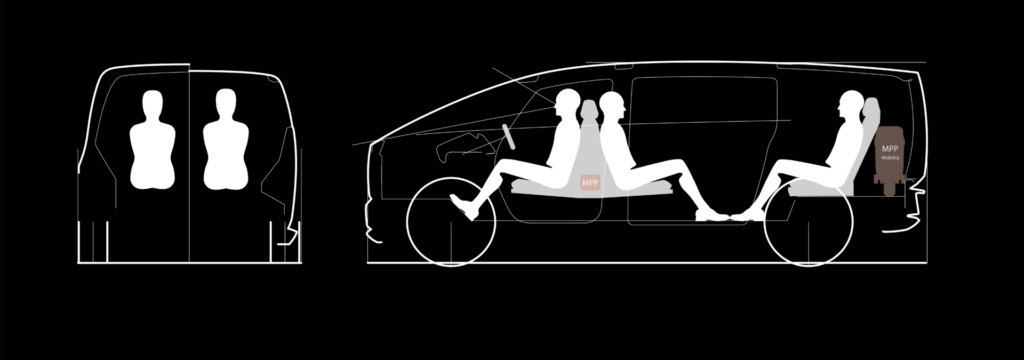
PHOTO: HONDA
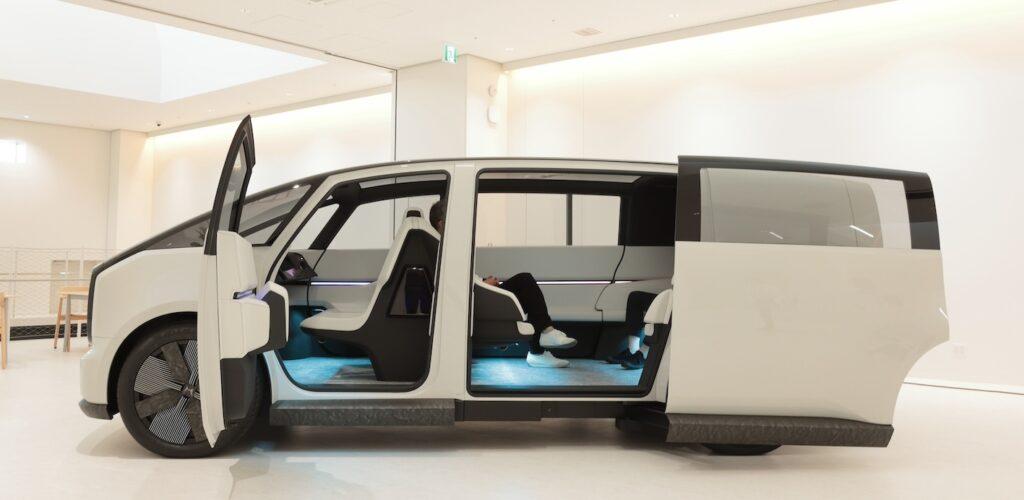
PHOTO : Hiroya Yamagami

PHOTO: Motorfan
The message behind Honda’s newly unveiled SPACE-HUB is to “offer an extension of people’s lives.” You can feel this concept when you step into the rear seating area of the SPACE-HUB. When people gather, enjoyable conversation is always welcome. In this vehicle, a common topic might be the scenery flowing by outside during the journey or the sky visible through the large glass roof above. Nowadays, even when people are together, they tend to be absorbed in their smartphones, with everyone looking down, making it hard to find meaning in gathering itself. However, in the rear seat of the SPACE-HUB, both the journey and the travel seem to promise enjoyable moments.
The exterior design of the SPACE-HUB, like the SALOON, features a gently curved body side with a relaxed, slightly bent section. The plan curve also gently tapers toward the front and rear, giving the impression that the front and rear wheels, positioned in these narrowed sections, are firmly planted and extending outward.
This configuration, using such a large sweeping curve in the plan view, creates a significant visual difference from current minivans, which, with flat and boxy side sections, have no sculptural depth and rely on various cross-sectional tricks to define the presence of the wheel arches. While many minivans are like cargo vehicles, prioritizing maximum spatial efficiency similar to a bus, the SPACE-HUB can be described as spacious mobility that embodies its name. It does not forget that it is still a vehicle designed with the intention of running across the ground.
Additionally, the corners of the roof shoulders are softly rounded, and the radius of that curvature gradually increases as it passes the center of the body, extending all the way to the rear end. The gently folded side surfaces also transform into a single, taut curve past the rear wheel arches, creating a pleasant rectangular shape with soft corners at all four edges of the body’s rear end. Moreover, this square shape is pushed upward by the rear bumper, forming a horizontally elongated rectangle that conveys a sense of stability. Furthermore, the area of the square is squeezed inward by the plan curves from both sides, enhancing the visual impact of the rear wheel arches and emphasizing the solid stance of the rear tires.

PHOTO: Motorfan
This car has a distinctive seat layout.
The front row of the three-row seats is designated as the cockpit area, separated from the rear seats in terms of spatial arrangement. In a typical three-row vehicle, the seats are arranged in the first, second, and third rows sequentially from the front. As a result, the third row is inevitably pushed back into a confined space due to the second-row seats and the open space created by the door openings. However, the SPACE-HUB has a rear-facing second-row seat positioned right behind the driver’s seat, creating a living room-like space with the second and third rows facing each other. This setup effectively creates an “open room,” allowing all occupants to enjoy a comfortable and pleasant space together.
The design of the second row in the SPACE-HUB is key to expressing the vehicle’s sense of space. By doing this, there is no need to move back and forth inside the car, and there is no need to create walk-through space between the seats, allowing the seats to be comfortably larger and more spacious. However, a slit about 100mm wide is placed at the center of the sofa-like seat to create a boundary between the left and right seats, and this slit resolves the issue of dividing the spatial feel between the cockpit area and the rear seating area.

PHOTO: Osamu Namba
Additionally, the spacing between the second and third-row seats maintains an excellent sense of distance. In face-to-face seating, if the seats are too close, it feels cramped, and if they are too far apart, conversation becomes difficult. The SPACE-HUB achieves an ideal distance in this regard.

PHOTO: Hiroya Yamagami
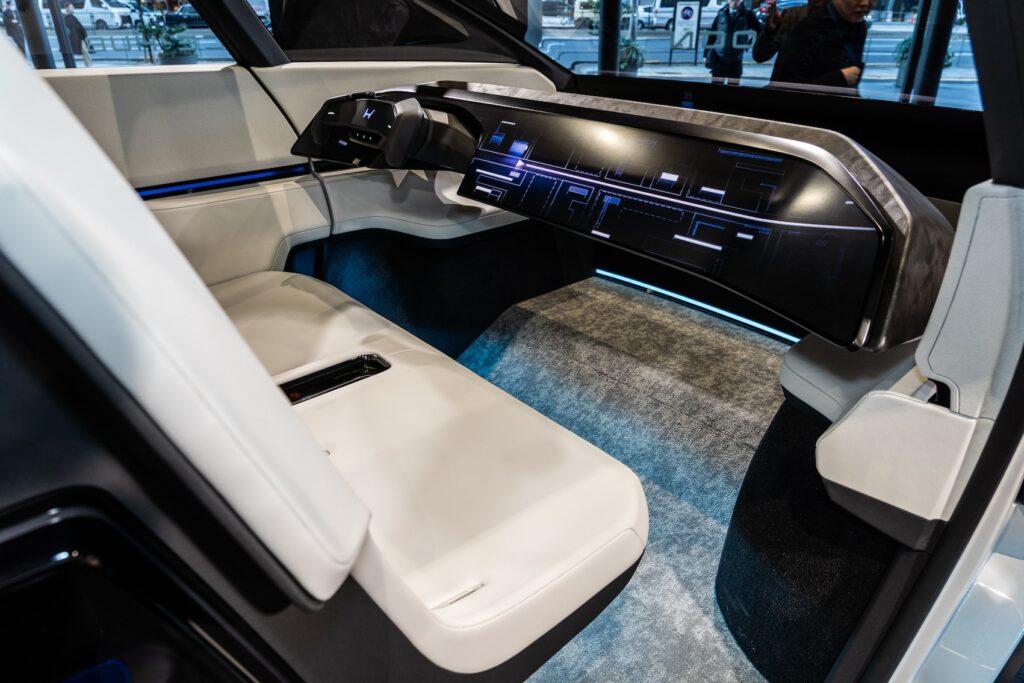
PHOTO: Motorfan
Lowering the roof while maintaining head clearance for the third row likely makes it easier to meet aerodynamic requirements. Observing the side view proportions, the roof slopes down quite smoothly, and to complement this, the rear overhang is raised to balance the design and prevent the vehicle from appearing to tilt downward at the back.

[My opinion]
The SPACE-HUB is a concept car from Honda that proposes a new kind of people mover, with a theme that is appealing and suggests new values while taking into account the technical components of a BEV. While it may seem inappropriate to critique such a concept car, it is undeniable that if the SPACE-HUB is intended for long-distance travel, it still faces numerous challenges that need to be addressed, and Honda is likely aware of this. Nevertheless, the fact that Honda boldly introduced this vehicle alongside the SALOON as part of the future Honda 0 Series BEV lineup shows their spirit of challenge and determination to enter a new stage of automobile development during this turning point.
Editor-in-Chief : Osamu Namba
A Look into the Development Concept
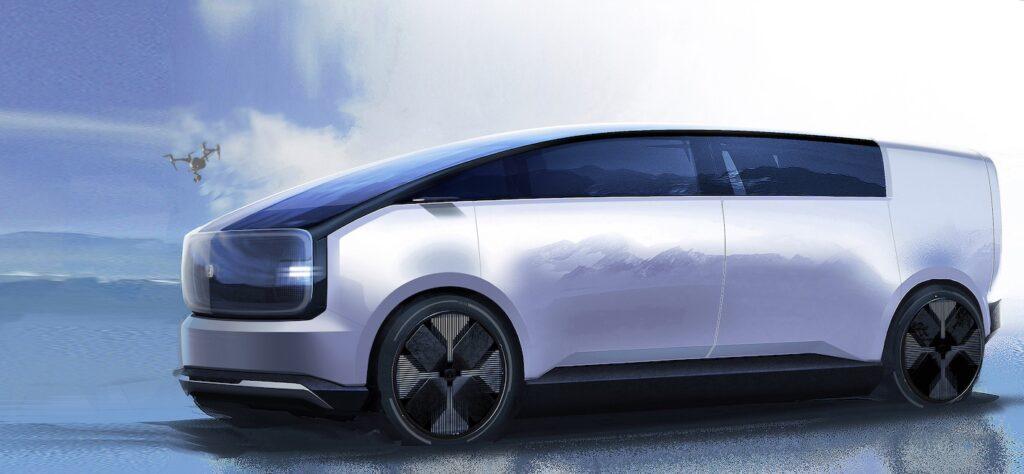
PHOTO: HONDA
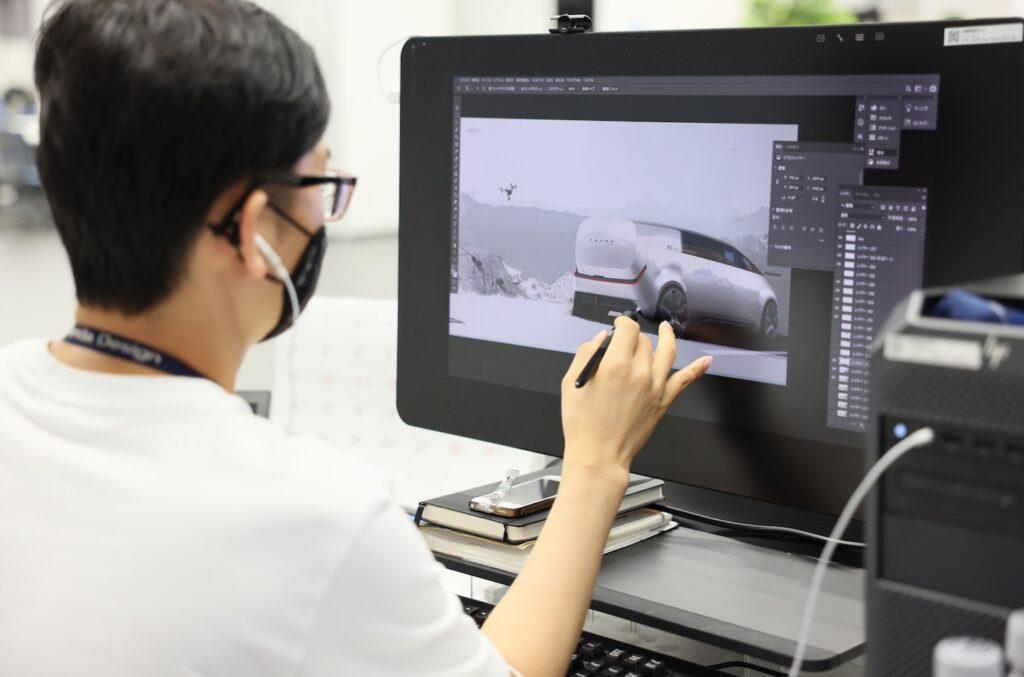
PHOTO: HONDA
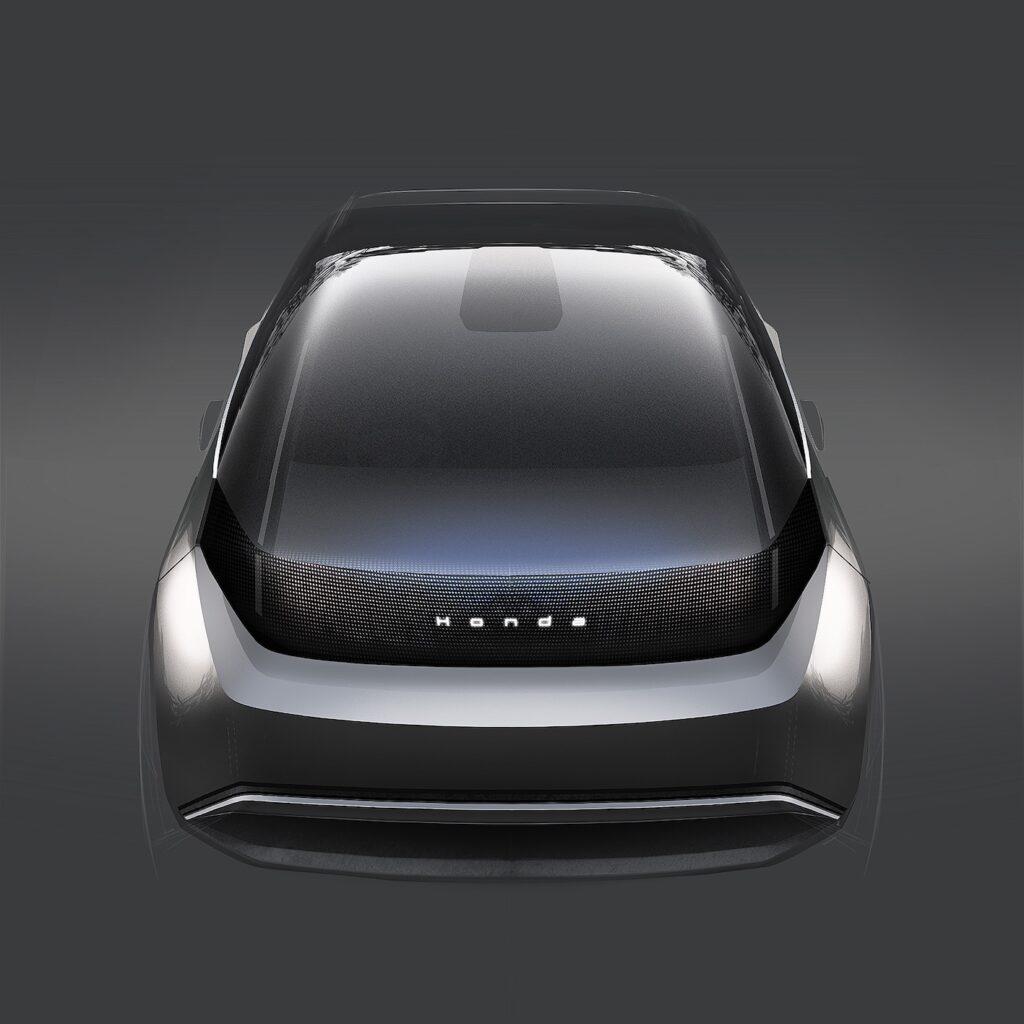
PHOTO: HONDA

PHOTO : HONDA
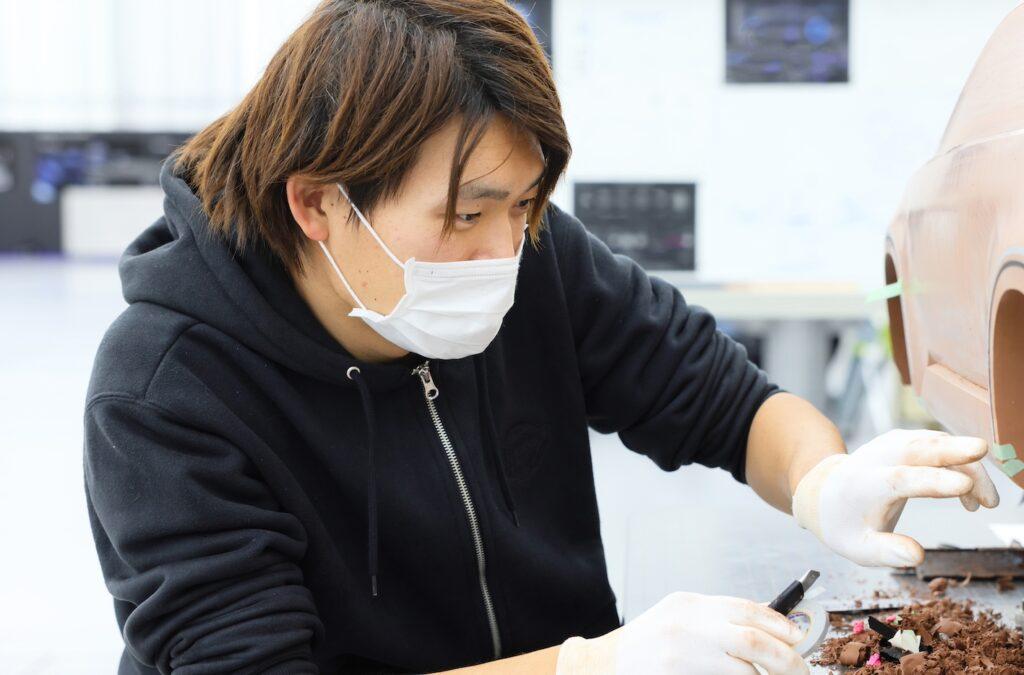
PHOTO: HONDA

PHOTO: HONDA
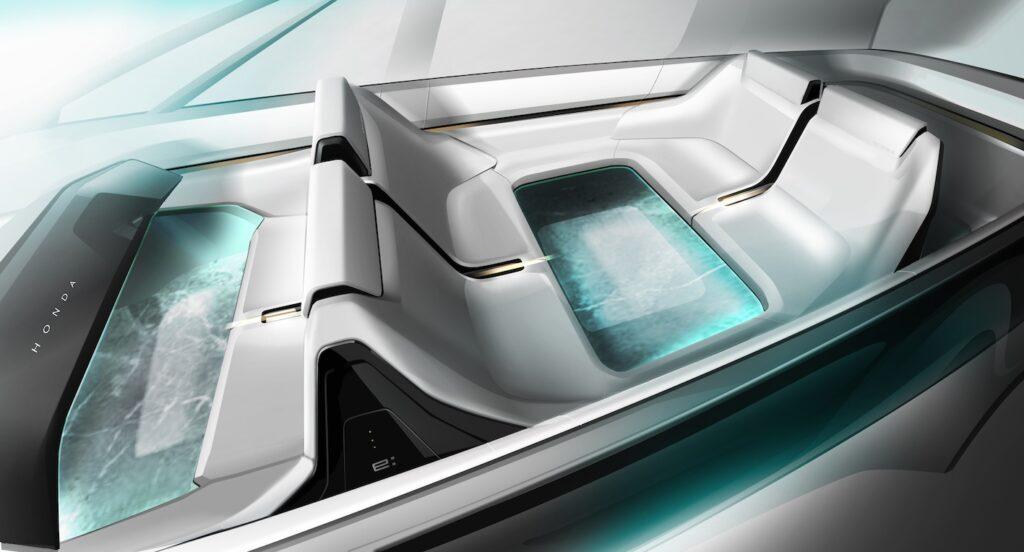
PHOTO: HONDA

PHOTO: HONDA
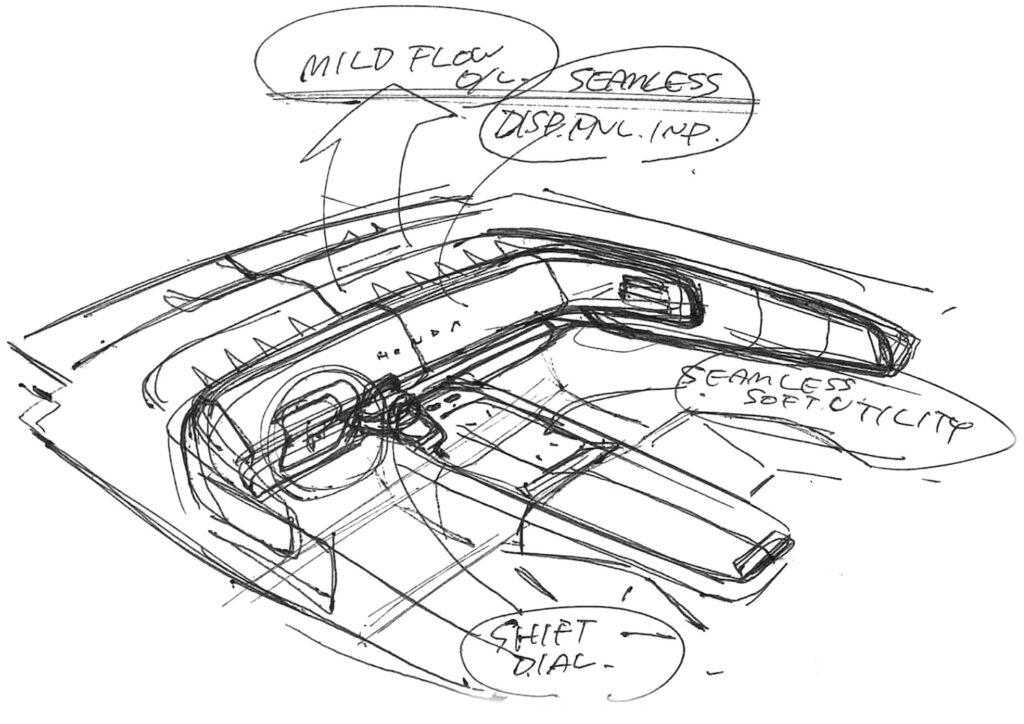
PHOTO: HONDA

PHOTO: HONDA
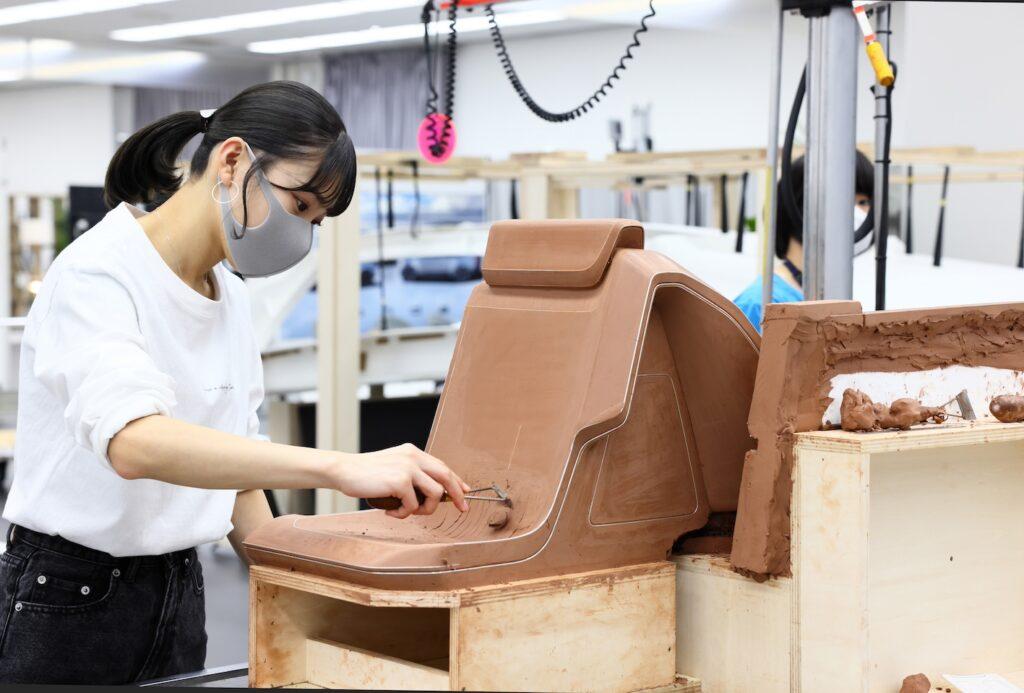
PHOTO: HONDA

PHOTO: HONDA

PHOTO: HONDA

![by Car Styling [カースタイリング]](https://motor-fan.jp/wp-content/uploads/2025/04/carstyling-jp_logo.png)






